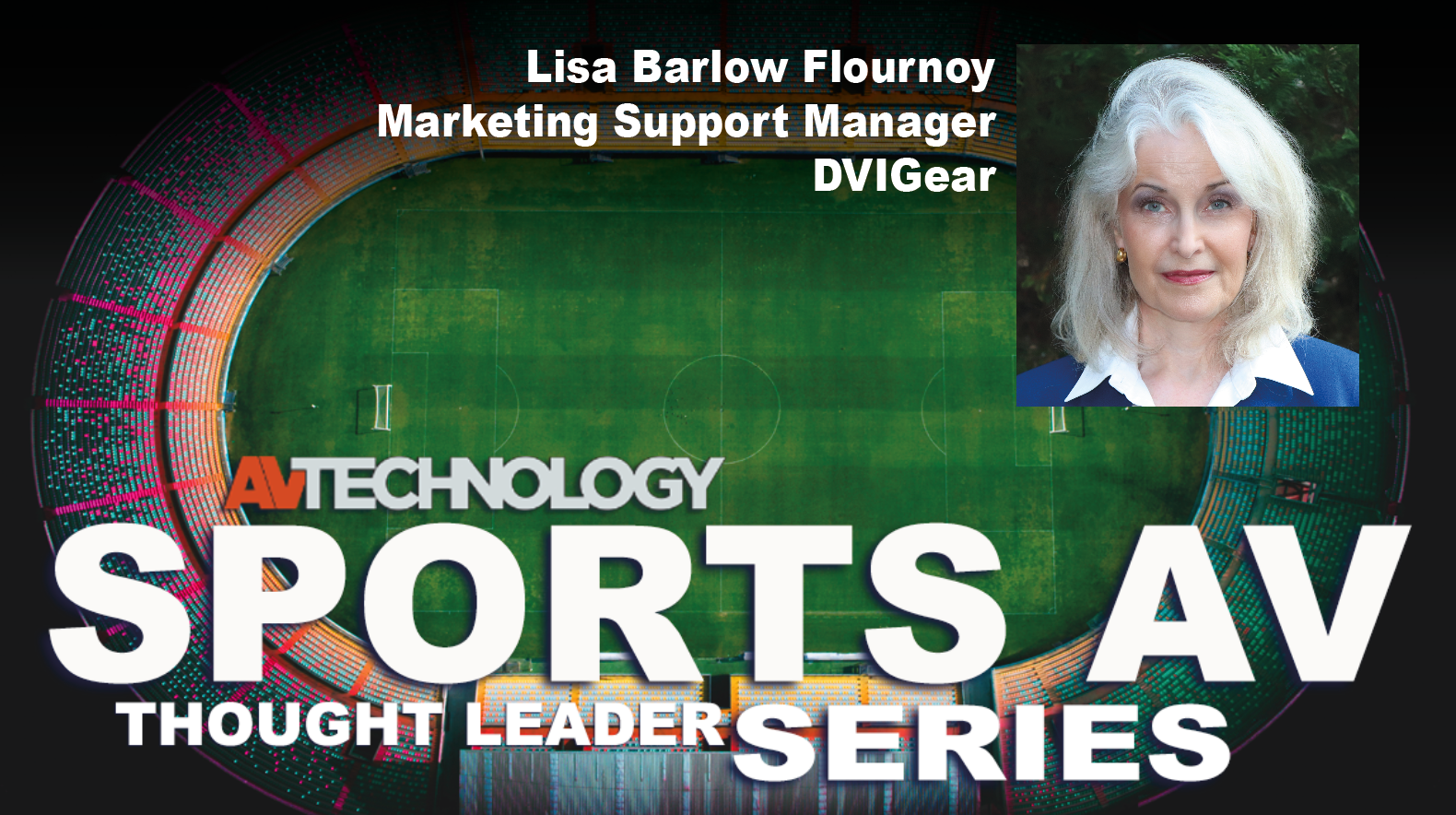The iPhone Projector?
Movement as computational input is not a new concept. Touchscreen kiosks have been around for decades and Apple has capitalized on the idea of gestural input with their iOS devices (the finger scroll, zoom, et cetera). Gesture-driven display environments will evolve even further with the Leap, which allows users to direct computing devices with gestures.
We also know that there are myriad mobile apps that control projectors and a growing availability of pico projector adapters.
Image quality is still a concern with pico(s), but at this point, we can project literally anywhere with just an iPhone and an adapter. One example comes from General Imaging (GIC), better known as the makers of GE-brand digital cameras. They branched out into the pico projector category at CE Week this month, as my NewBay colleagues at TWICE reported, with the release of iPico, a pico projector attachment for iPod Touch and iPhone devices. The handheld projector offers a patented pop-up connector that turns an iPod Touch or iPhone into a projector and social-media tool. The projection engine uses ferro electric liquid-crystal on silicon (FLCOS) technology, and the light engine uses LED technology. The iPico will ship in time for the holidays, with a $130 suggested retail. No cables are required to connect the tiny projector to the iPod Touch or iPhone.
Where is this taking us? Well, what if our phones were also projectors? What would it mean for the projection industry if Apple acts on this patent?
This patent also presents the possibility of using cameras to detect gestural input, something Apple has been exploring for the past two years.
The intrepid reporters at Gizmodo broke a related story last year about the OmniTouch system. Developed by Carnegie Mellon University in conjunction with Microsoft Research, the OmniTouch allows users to interact with applications on any surface. "It utilizes a pico projector to display the interface on a surface—whether it's a wall, table, arm, lap, leg, or what-have-you—then employs a custom-built short-range depth sensor (similar to a Microsoft Kinect) to track your fingers as they type," Gizmodo reported. No calibration. No special training required. Interesting.
Another example comes from Pranav Mistry's Sixth Sense project which uses various devices in a wearable interface. This essentially achieves Apple's patent goal by packaging it together into a singular device.
A daily selection of features, industry news, and analysis for AV/IT professionals. Sign up below.
Margot Douaihy is the editor of AV Technology Magazine. She has covered AV trends for the past 13 years and has taught at Marywood University in Pennsylvania.
Margot Douaihy, Ph.D., is a lecturer at Franklin Pierce University.

